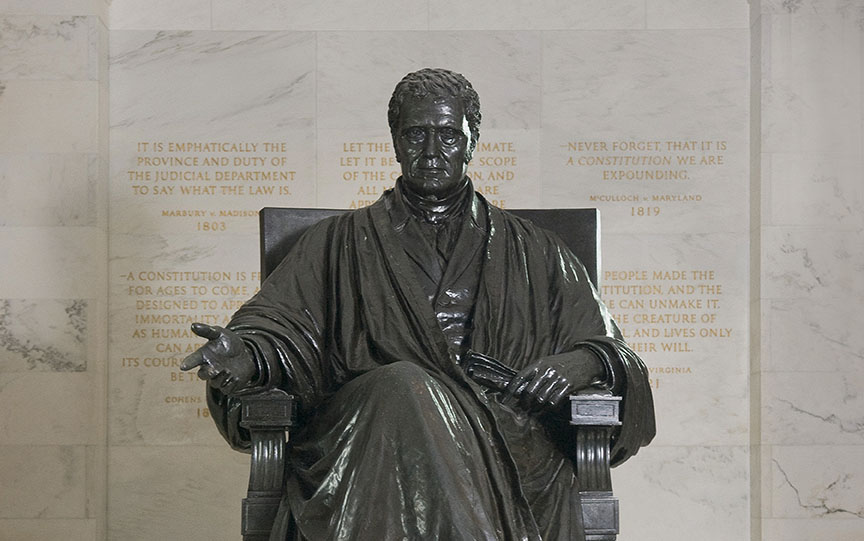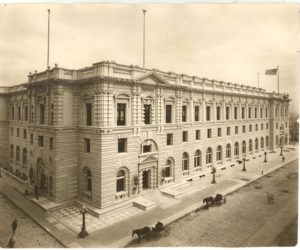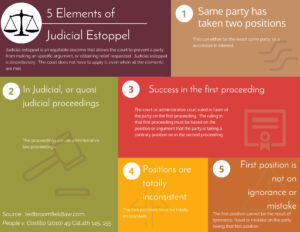Federal Rule of Appellate Procedure, Rule 4(a)(5)(C) that limits notice of appeal to 30 days is not “jurisdictional,” because the underlying Congress-made law does not specify a time limit to file a notice of appeal.
In Hamer v. Neighborhood Housing Centers, No. 16–658. Argued October 10, 2017—Decided November 8, 2017, Petitioner Charmaine Hamer’s employment case against respondents was dismissed by the trial court. Hamer’s counsel filed a request for extension of appeal, before the notice for appeal was due, and then resigned.
The District Court granted the extension to 60 days after the request was filed. The Court of Appeals dismissed the appeal concluding that Federal Rule of Appellate Procedure, Rule 4(a)(5)(C) confining extensions to 30 days had been violated.
The 7th District Court of Appeals rejected petitioner’s appeal, based on the holding from Bowles v. Russell, 551 US 205 (2007).
The U.S. Supreme Court noted an important distinction between Bowles and the instant case. In Bowles, the Congress-made rule specified a set period to file an appeal. In the instant case, current version of the applicable Congress-enacted law, 28 U.S.C. § 2107, which underlies the Federal Rule of Appellate Procedure, does not specifically limit the time for which an extension could be granted.
Thus, in Bowles, the Appellate Court was denied jurisdiction over the case, because the notice for appeal came after the time specified by Congress. However, in the instant case, the Appellate Court did have jurisdiction, because Congress did not limit the time to file an appeal.
Sponsored by: https://tedbroomfieldlaw.com
Source: https://www.supremecourt.gov/opinions/17pdf/16-658_p86b.pdf







Be First to Comment